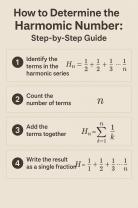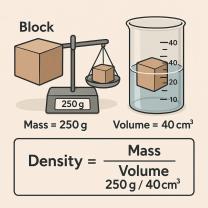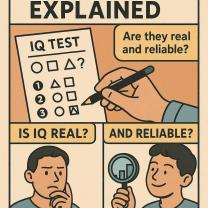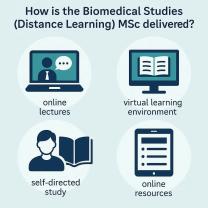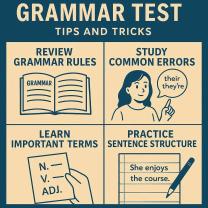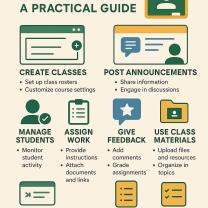What is differentiation teaching strategies?
Differentiation teaching strategies are instructional methods and approaches used by educators to accommodate the diverse learning needs, abilities, interests, and readiness levels of students in the same classroom. The goal of differentiation is to provide each student with a customized learning experience that maximizes their growth and success. Differentiation recognizes that students are not uniform in their learning profiles and that a one-size-fits-all approach to teaching is not effective. Here are key aspects of differentiation teaching strategies:
Assessment of Student Readiness: Teachers assess students' prior knowledge, skills, and readiness levels before instruction begins. This helps in identifying where each student is in their learning journey.
Flexible Grouping: Students are grouped and regrouped based on their specific learning needs and abilities. Groupings may be homogeneous (students of similar abilities) or heterogeneous (mixed abilities) depending on the learning objectives and activities.
Varied Content: Differentiated instruction involves presenting the same content through multiple modalities. Teachers use a variety of resources, materials, and approaches to cater to different learning styles and preferences.
Choice and Autonomy: Students are provided with choices in how they learn and demonstrate their understanding. This promotes autonomy and helps students take ownership of their learning.
Scaffolded Instruction: Teachers provide varying levels of support to students as they progress through a lesson or unit. Initially, more guidance is given, and as students become more proficient, the level of support decreases.
Varied Assessment Methods: Differentiated instruction includes diverse assessment methods that allow students to showcase their learning in different ways. This may involve alternative assessments, projects, presentations, or traditional tests.
Individualized Learning Plans: Some students may benefit from individualized learning plans or education plans tailored to their unique learning needs, such as students with disabilities or English language learners.
Curriculum Compacting: For advanced students who have already mastered certain content, teachers may compact the curriculum, allowing them to move on to more advanced topics or enrichment activities.
Feedback and Reflection: Regular feedback and opportunities for self-reflection are integrated into the learning process, helping students understand their strengths and areas for improvement.
Responsive Teaching: Teachers continuously adjust their instruction based on ongoing formative assessment data and student progress, ensuring that instruction is responsive to students' changing needs.
Inclusive Practices: Differentiated instruction promotes inclusivity by ensuring that students with diverse backgrounds and learning profiles are included and supported in the classroom.
Professional Development: Teachers engage in professional development to enhance their knowledge and skills in differentiation strategies and techniques.
Differentiation teaching strategies require teachers to be flexible, observant, and responsive to the individual needs of their students. By implementing these strategies effectively, educators can create a classroom environment where all students have the opportunity to learn, grow, and succeed to their fullest potential.



